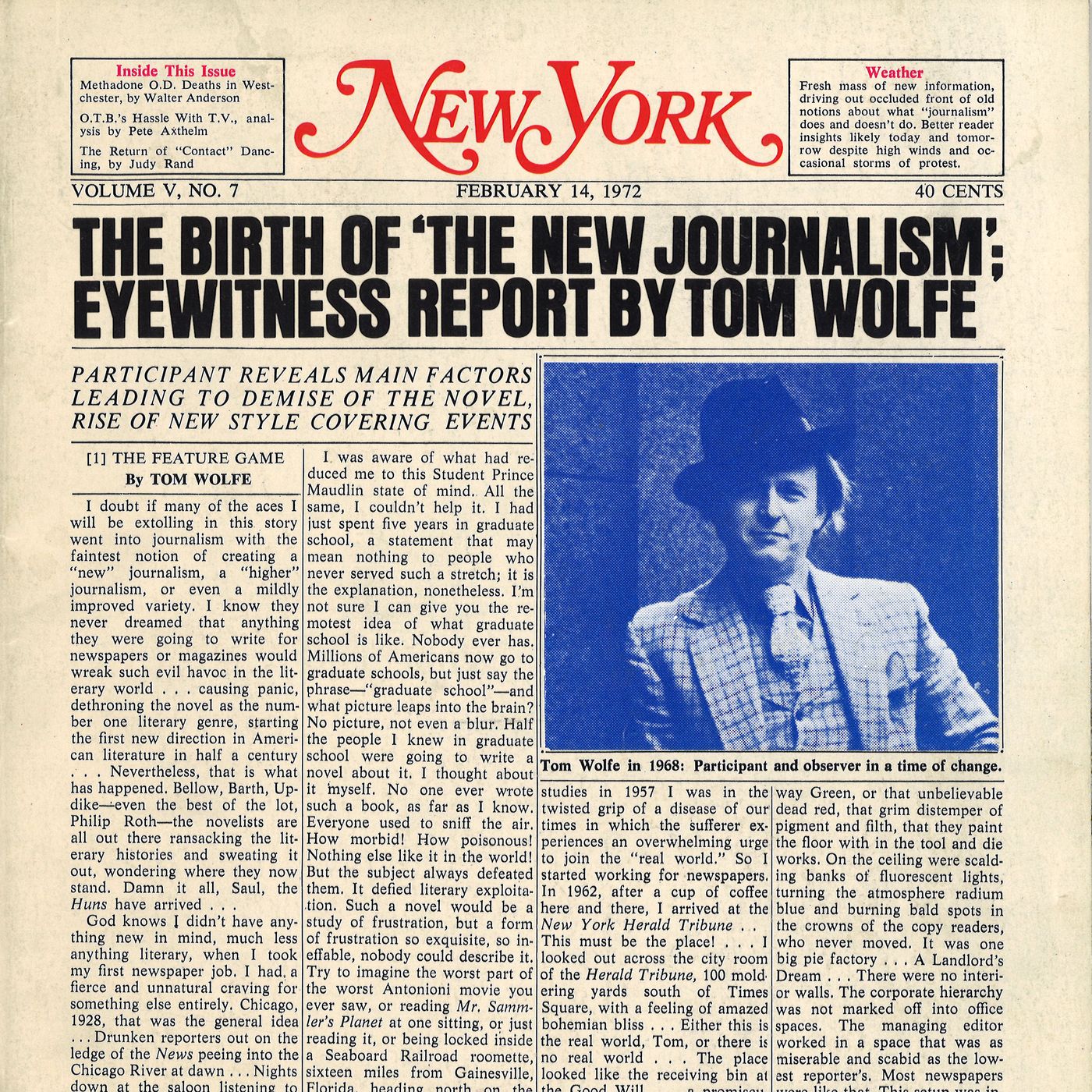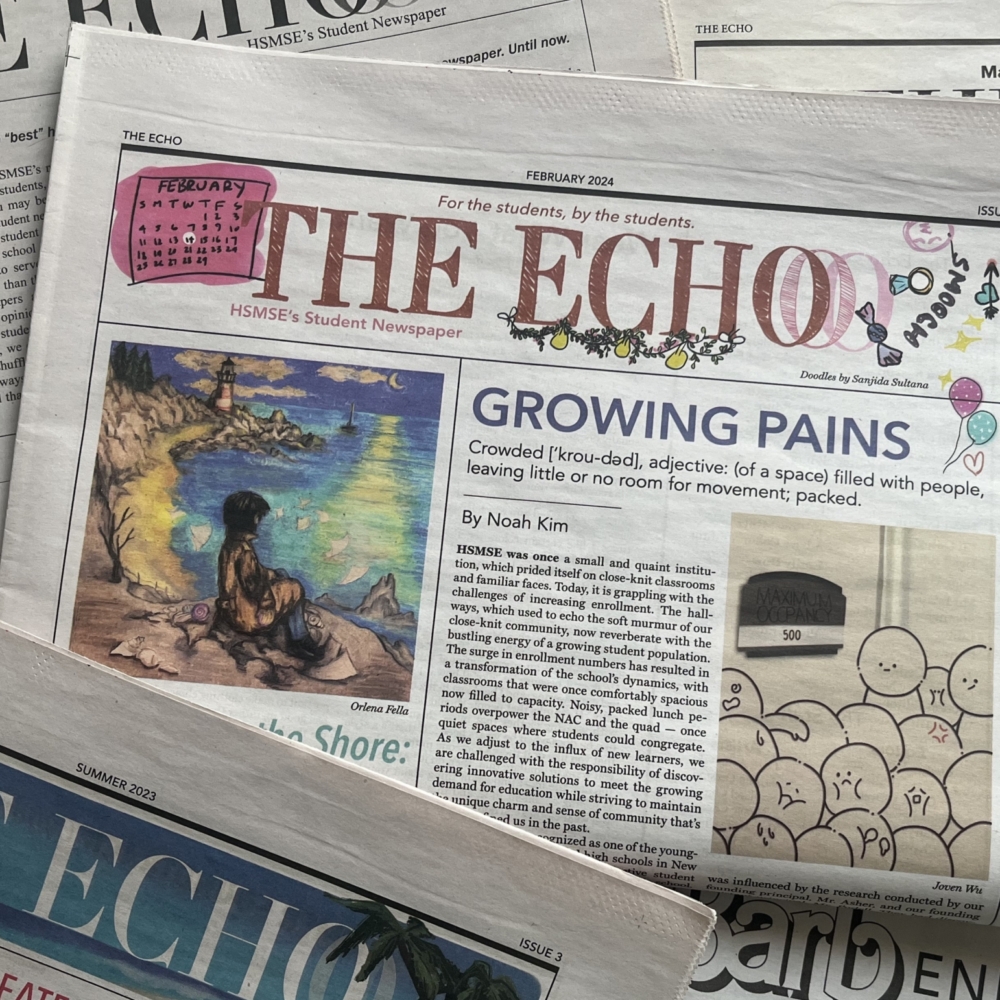News Articles for Dummies
News Articles for Dummies
Blog Article
How News Articles can Save You Time, Stress, and Money.
Table of ContentsNot known Details About News Articles The 5-Second Trick For News ArticlesThe Definitive Guide to News Articles6 Simple Techniques For News ArticlesFacts About News Articles Uncovered
Great knowledge of different topics gives trainees a competitive side over their peers. Although electronic and social media are easily easily accessible, we should not neglect exactly how vital it is to read the papers. Parents have to try and instill the habit of checking out a paper as a daily routine to proceed the heritage of the revered print tool.Information stories additionally include at the very least one of the complying with important qualities relative to the designated target market: proximity, prominence, timeliness, human interest, oddity, or consequence.
Within these limits, news stories also aim to be extensive. However, other aspects are included, some stylistic and some obtained from the media type. Among the larger and more respected papers, justness and balance is a major variable in offering info. Commentary is usually constrained to a different section, though each paper might have a various overall angle.
Papers with an international target market, as an example, tend to make use of a much more official style of writing. The details options made by a news electrical outlet's editor or editorial board are typically gathered in a design guide; usual style overviews include the and the United States News Design Book. The primary goals of information writing can be summed up by the ABCs of journalism: accuracy, brevity, and quality.
The 7-Second Trick For News Articles
As a rule, journalists will not utilize a lengthy word when a short one will do. They utilize subject-verb-object building and dazzling, energetic prose (see Grammar). They supply stories, instances and allegories, and they seldom depend upon generalizations or abstract ideas. News writers try to prevent utilizing the same word much more than once in a paragraph (in some cases called an "echo" or "word mirror").
Headings often omit the subject (e.g., "Jumps From Watercraft, Catches in Wheel") or verb (e.g., "Pet cat woman lucky"). A subhead (also subhed, sub-headline, subheading, caption, deck or dek) can be either a subservient title under the primary headline, or the heading of a subsection of the write-up. It is a heading that precedes the main message, or a group of paragraphs of the major text.

Added billboards of any of these kinds may show up later on in the short article (particularly on subsequent pages) to tempt additional analysis. Such billboards are likewise made use of as tips to the her explanation write-up in other areas of the magazine or site, or as ads for the item in other publication or websites. Regular structure with title, lead paragraph (summary in vibrant), other paragraphs (details) and call details.

Example of a hard-lead paragraph NASA is recommending one more room job. The budget demands roughly $10 billion for the project.
The NASA statement came as the agency asked for $10 billion of appropriations for the job. An "off-lead" is the 2nd most crucial front page check this site out news of the day. The off-lead shows up either in the top left edge, or straight below the lead on the. To "hide the lead" is to begin the post with background details or details of additional importance to the visitors, compeling them to find out more deeply into a post than they ought to need to in order to discover the necessary points.
The 10-Minute Rule for News Articles
Typical usage is that a person or two sentences each form their own paragraph. Journalists usually describe the organization or structure of a newspaper article as an inverted pyramid. The essential and most interesting elements of a tale are placed at the beginning, with supporting information following in order of diminishing importance.
It allows individuals to discover a subject to just the depth that their curiosity takes them, and without the imposition of information or subtleties that they might consider irrelevant, yet still making that details offered to much more interested readers. The upside down pyramid framework likewise enables articles to be cut to any type of arbitrary length throughout design, to suit the area available.
Some authors begin their stories with the "1-2-3 lead", yet there are several type of lead available. This layout inevitably begins with a "5 Ws" opening paragraph (as explained above), adhered to by an indirect quote that serves to support a significant element of the initial paragraph, and then a straight quote to sustain the indirect quote. [] A kicker can describe several points: The last tale current program; a "pleased" story to end the show.
Longer posts, such as publication cover short articles and the items that lead the inside areas of a paper, are understood as. Attribute stories differ from straight information in several methods. Foremost is the lack of a straight-news lead, most of the moment. As opposed to providing the significance of a tale up front, function authors might attempt to draw viewers in.
10 Easy Facts About News Articles Shown
An attribute's initial this link paragraphs commonly associate an appealing moment or event, as in an "unscientific lead". From the details of a person or episode, its view promptly widens to abstract principles regarding the story's topic.

The Editor's Toolbox: A Reference Guide for Beginners and Professionals (2001) Allan M. Siegal and William G. Connolly. The New York Times Handbook of Design and Usage: The Authorities Style Overview Made Use Of by the Writers and Editors of the Globe's Many Reliable Paper (2002) M. L. Stein, Susan Paterno, and R.
Report this page